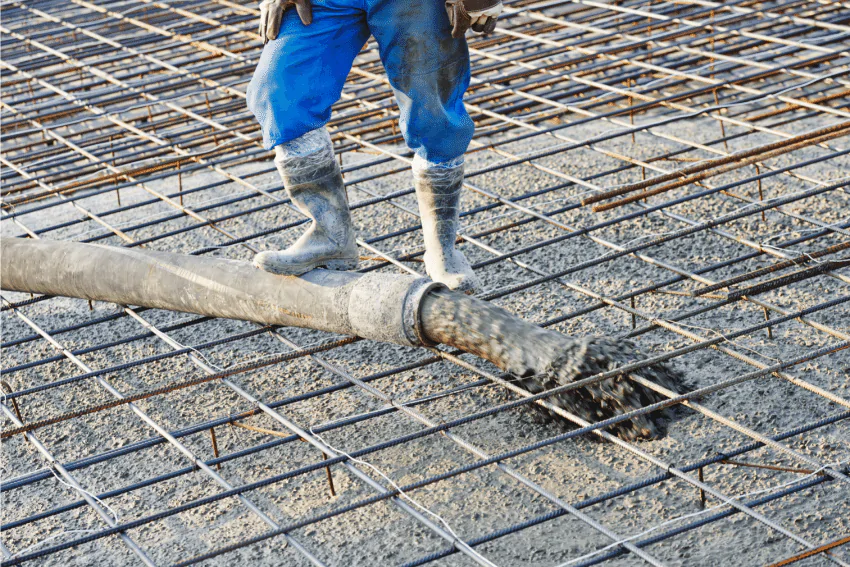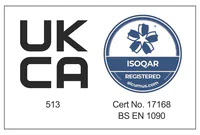Steel reinforced concrete is used in almost every new structure built today, from homes and workplaces, to infrastructure like bridges and transport hubs.
But why is it so popular, and what are the unique properties of steel reinforced concrete that make it stand out from other building materials?
In this article we’ll look at some of the most important things to know about steel reinforced concrete.
What is steel reinforced concrete?
Steel reinforced concrete is exactly what it sounds like. Instead of using a solid concrete slab or beam, the concrete is reinforced with steel rods or cages, which are inserted while the concrete is still wet.
As the concrete hardens, it bonds to the surface of the steel, so that the finished reinforced concrete acts almost as a single material, rather than as a metal encased inside a mineral solid.
How does steel reinforced concrete work?
Concrete is extremely strong against compression forces. However, it does not perform well under tension (stretching) or shear forces (perpendicular or ‘bending’ forces).
Steel can absorb bending forces without breaking – although it may deform, it will usually hold the structure together so that it can be repaired.
Steel is also very strong under tension forces, helping to overcome both of the main weaknesses of using unreinforced concrete.
Why use steel in concrete beams?
In addition to the above, steel has several benefits when constructing steel reinforced concrete beams:
- It is readily available and economical to use.
- It is quite easy to work into a specific rod or cage size and shape.
- It bonds well to concrete during the curing process.
- Reinforcing bars (rebar) can be ribbed for an even closer bond.
- Steel and concrete expand by a similar amount due to heat.
All of this helps steel reinforced concrete to have the characteristics of a single material with better performance than either steel or concrete alone would be able to offer. For more information on the different type of steel bars, please see our blog.
Does galvanised steel rust in concrete?
Galvanised steel has a protective coating, typically a hot-dip zinc coating, which is applied by dipping the steel in a bath of molten zinc. Other methods and dry galvanising processes are also possible.
Without this coating, the bare metal is known as ‘black steel’ due to the dark colour of its outer oxide layer. Over time, black steel used in reinforced concrete will begin to corrode and rust.
Galvanised steel will eventually corrode too, but the sacrificial zinc coating delays the onset of this significantly – typically by at least 3-5 times – and the specific benefit can be estimated using Fick’s Second Law of Diffusion.
For more information on our steel bars or any of other steel products or services, please get in touch here.


